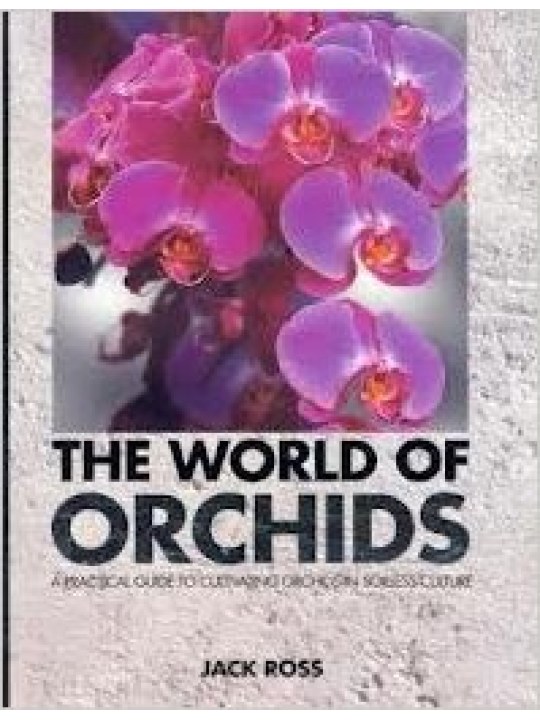The World of Orchids (Υδροπονική καλλιέργεια ορχιδέας - έκδοση στα αγγλικά)
Από: Jack Ross
The World of Orchids
A Practical Guide to Cultivating Orchids in Soilless Culture
Το έχεις διαβάσει; Γράψε πρώτος μια αξιολόγηση!
Περιγραφή
Σχετικές κατηγορίες
Άμεσα διαθέσιμο
- Τιμή ΕΜΒΡΥΟ: 67,00€
- 63,21€ + ΦΠΑ 6%

